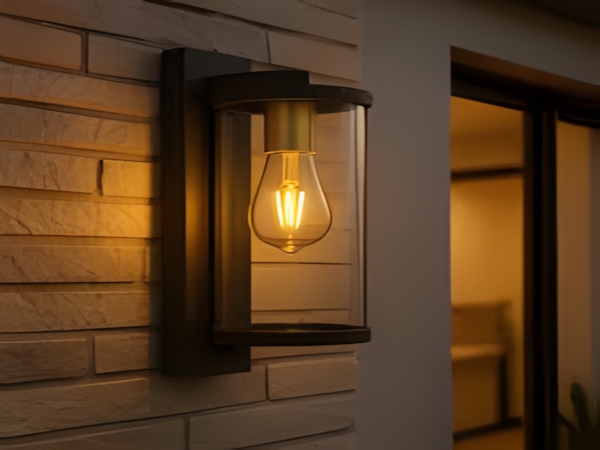
Nowadays, the installation of solar LED street lights is becoming increasingly widespread. The long lifespan of LED solar street lights makes it essential to master some common knowledge about their detection and maintenance.
Here are some tips for detecting issues with the working system of LED solar street lights:
1. Detection of Solar Panels:
If the connection of the solar panel is not secure, it may not charge properly. This is usually indicated by a voltage reading—normal open circuit voltage is above 17.5V, but with no current. This phenomenon suggests that the wires of the solar panel are not connected properly (for instance, if there are cold solder joints or loose connections). The troubleshooting method involves opening the black electrical cover at the back of the solar panel to directly measure the voltage and current with a multimeter. If there is no current when directly testing the aluminum foil of the solar panel, it indicates that the panel needs replacement.
2. Detection of the Solar Controller:
A red light on the solar controller indicates that charging is in progress, while a flashing red light shows that the solar battery is fully charged and the controller is charging with a small pulse current. A yellow light indicates that the battery is low and not functioning properly. If the battery wires are disconnected and reconnected, the light may turn on again; this may simply mean the battery’s capacity has increased after a day’s charging, rather than reflecting the battery’s float charging voltage.
3. Detection of LED Light Fixtures:
LED light sources cannot function properly if the battery voltage is normal. If the light does not illuminate, directly connecting the positive and negative ends of the fixture to the battery’s terminals for testing is essential. If the light turns on, the fixture is good, indicating that the controller is not supplying power to the load and is likely faulty. This situation often occurs after extended cloudy or rainy days when battery voltage is insufficient. The controller protects the battery by shutting off when the voltage falls below 11.3V-22.6V. Once the battery is fully charged and rises to 12V (or 24V), the fixtures will function normally. If the fixtures do not light up even when directly connected, the fixtures themselves may be faulty.
4. Detection of Solar Batteries:

Under normal circumstances, charging and discharging of the batteries should be normal. If the voltage is above 12V but drops quickly when connected to a load, the battery is likely damaged. Additionally, if the waterproof casing leaks, it could cause a short circuit between the positive and negative leads, resulting in incorrect voltage readings. Typically, the voltage may fluctuate between high and low due to excessive discharge caused by water ingress, occasionally dropping below 10V. If the battery can recover to normal use through a small current discharge and charge cycle, then it is fine. Otherwise, replacement is necessary. Lead-acid batteries tend to lose capacity after three years, resulting in earlier shutdowns or reduced operating time during rainy days, which is normal.

The streetlight manufacturer specializes in the research, development, production, and sale of solar lighting products. If you wish to inquire about the price of LED solar street lights or purchase solar LED street lights, please feel free to reach out for assistance.



